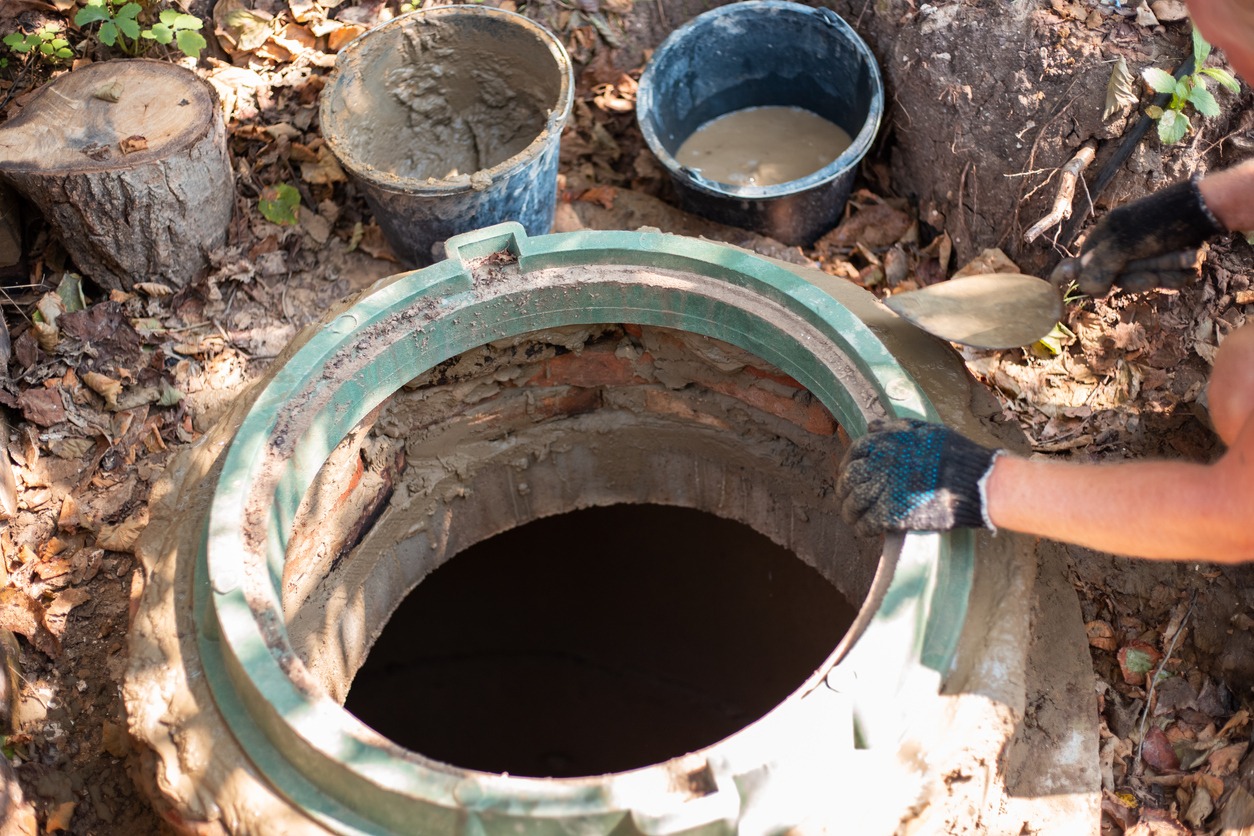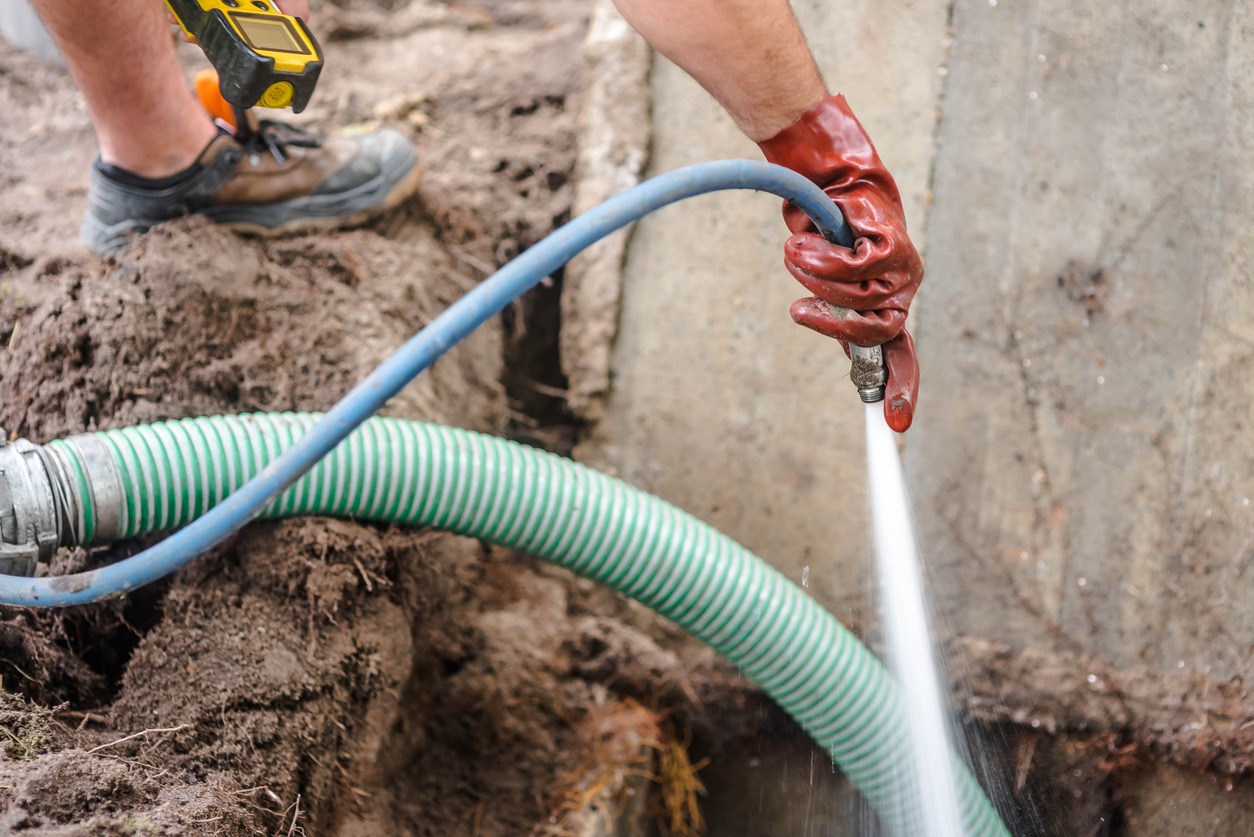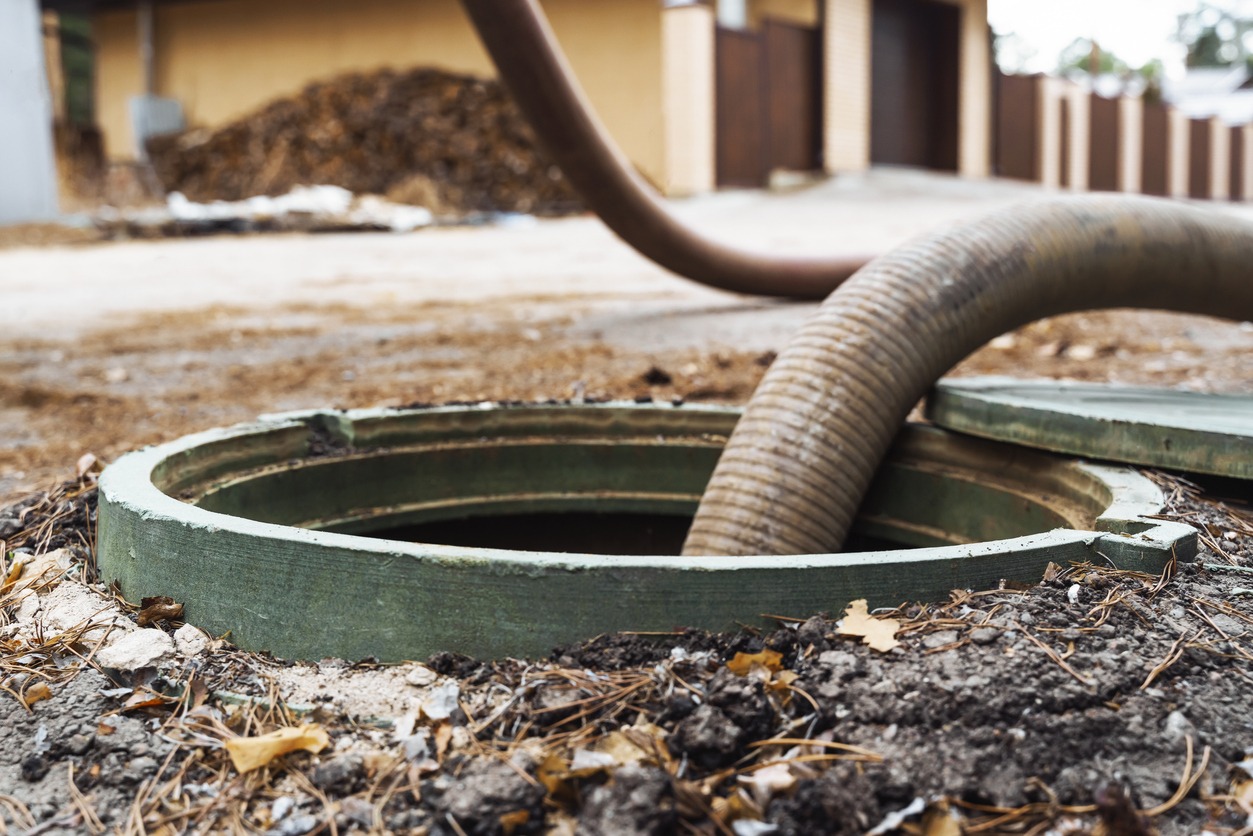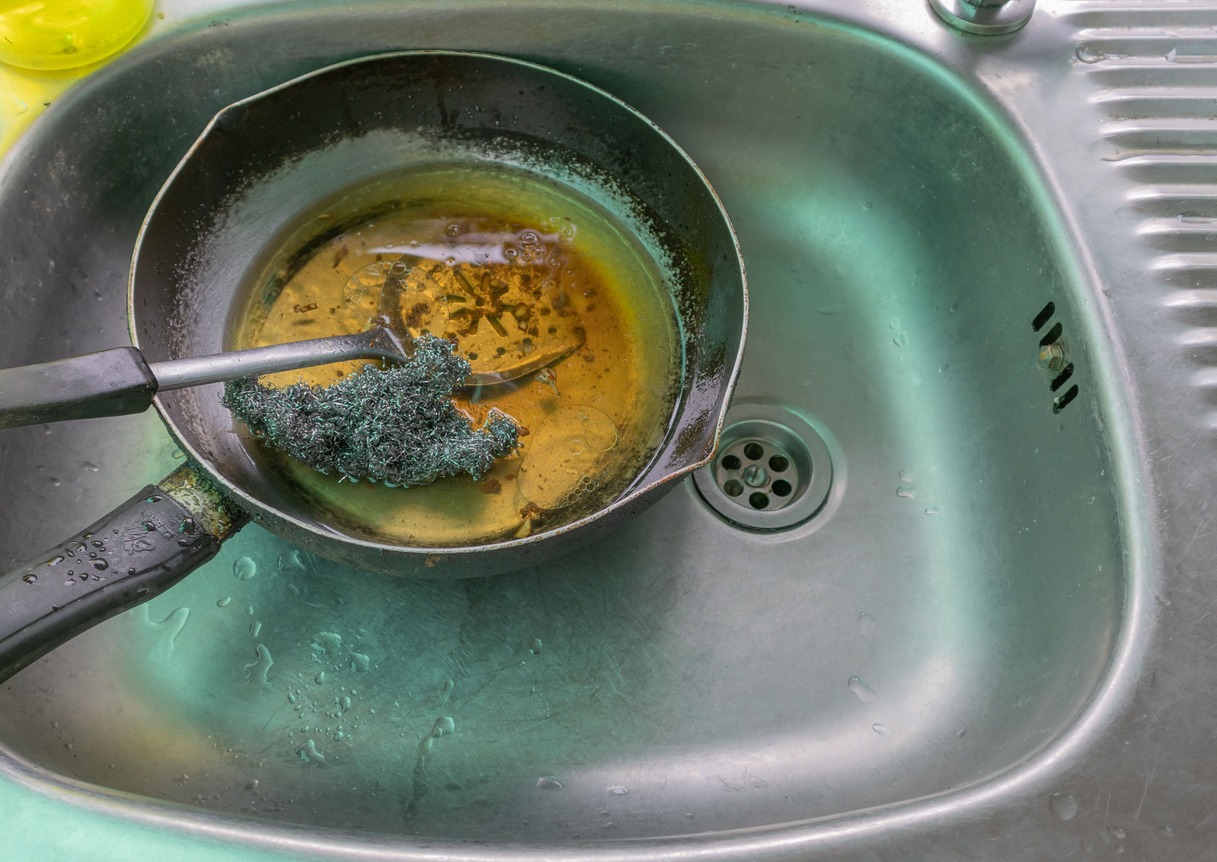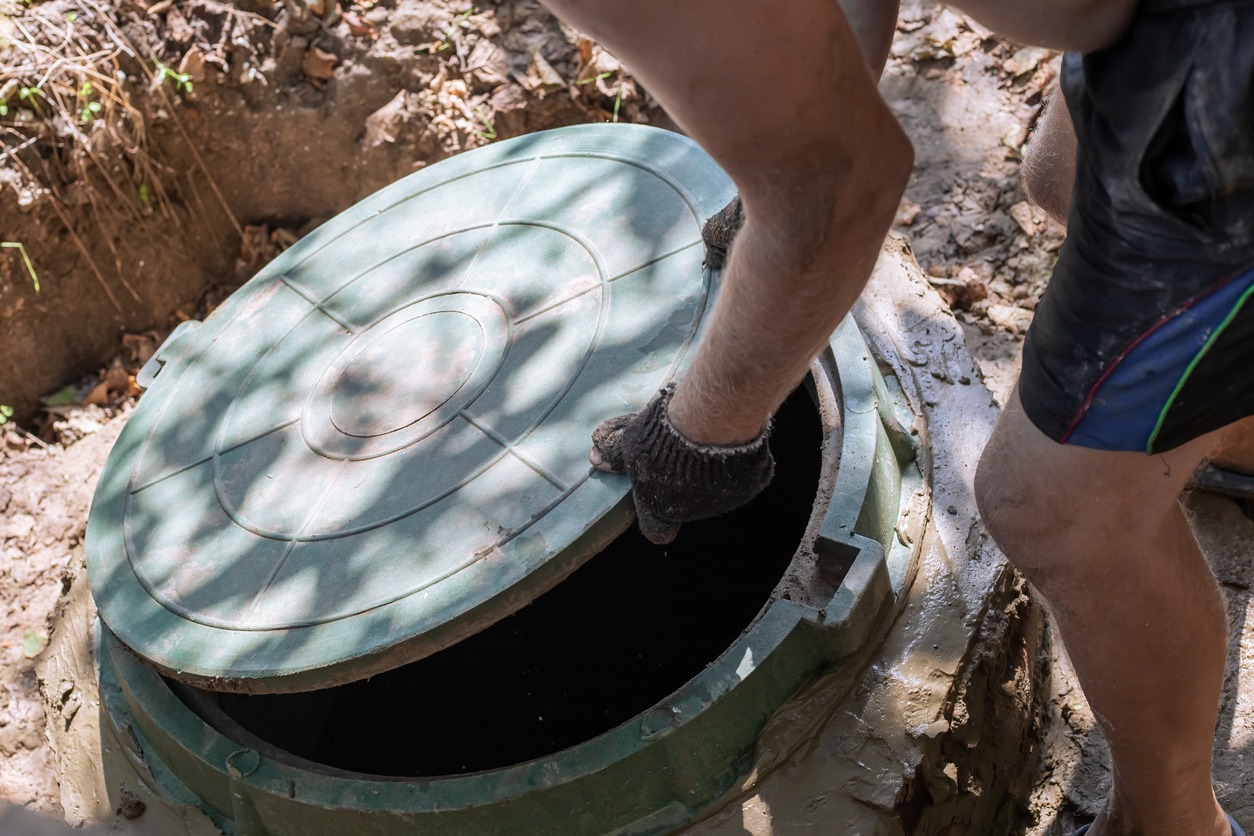It is essential to maintain a septic system for it to function properly and last for a long time. When a septic system is well-maintained, it ensures the efficient treatment and disposal of wastewater from your home, preventing expensive repairs and environmental contamination. Maintaining the septic system at home may seem like a daunting task for some, but it is really not. In fact, just being mindful of what you are doing in your home can help keep the septic system healthy.
Proper maintenance of a septic system involves a combination of regular inspections, water usage management, routine pumping, waste disposal practices, and more. If you are interested in learning more about these, we are here to help you. In this article, we are going to provide you with some of the best tips to maintain your septic system. By following these tips, you’ll be able to extend the lifespan of your septic system and minimize the risk of malfunctions or failures.
However, while this article will provide general advice, specific maintenance requirements may differ depending on what type of septic system you have, the local regulations in your area, and other factors. When in doubt, it is always best to consult a professional septic system service provider.
Understanding Your Septic System
Before we provide you with tips on how to maintain your septic system at home, let us first understand what a septic system is and how it works.
Components of a Septic System
A septic system is made up of different parts for it to work properly:
Septic Tank: This is a large underground tank that collects and holds the wastewater from your home. It enables solids to settle to the bottom while oils and lighter particles float to the top.
Drain Field: This is also sometimes called a leach field. It has a series of perforated pipes or trenches buried in the soil. The wastewater from the septic tank flows into the drain field for further treatment and absorption into the ground.
Distribution Box: This is a junction box that distributes wastewater evenly from the septic tank to various sections of the drain field.
Soil: The soil beneath the drain field works as a natural filter, removing impurities from the wastewater as it percolates through.
How Does a Septic System Work?
When water is used in your home, it enters the septic system through toilets, drains, and other plumbing fixtures. It flows into the septic tank where the solid wastes settle and liquids and lighter particles separate. Inside the septic tank, through a process called anaerobic digestion, bacteria break down the organic matter in the wastewater. This process helps in decomposing solids and reducing their volume.
The liquid portion, known as effluent, exits the septic tank and enters the drain field through the distribution box. It is then distributed evenly into the drain field pipes or trenches. As the effluent percolates through the soil in the drain field, it undergoes further treatment. The soil, on the other hand, acts as a natural filter, removing harmful bacteria, viruses, and other contaminants. The treated wastewater is absorbed by the soil slowly and evaporates into the air, completing the treatment process.
Tips to Maintain Your Septic System
Now that you know the parts of a septic system and how it works, let us move on to the things that you can do to maintain your septic system at home. Below are some of the best tips that you can follow to keep your septic system in good condition:
Pump the Septic Tank Regularly
Having the septic tank pumped is among the most important things that you need to do about once every two to five years. It depends on how big your tank is, the number of people living in the home, and the type of waste that is put into the septic system that will determine the frequency of having it pumped.
For example, if your home has a garbage disposal and is not connected to a municipal wastewater system, it can increase the amount of solid waste that flows into a septic system, which results in more frequent pumping. Also, the cost of having a septic tank pump depends on the size and location of the tank.
Check the Septic System for Leaks
It also helps to walk around the septic system regularly and observe if there are any parts around the tank where the grass is significantly more lush or dense than the other areas of the yard. It’s because a leaking tank gives ample nutrition for plant life and can also provide strong sewage smells. But in most cases, it is challenging to find any leaks in the tank while it is still being used as it is buried underground. The best time to check for any leaks in the septic tank is when it is being pumped. You may also ask your technician to do a leak inspection.
Mark Off the Leach Field and Maintain It
The leach field or the drain field is a sensitive part of your septic system, and you need to protect it at all times. It’s because it is made up of several perforated pipes that extend the entire length of the leach field. While this part can be walked on without any issues, the weight from trailers, cars, and semi-permanent structures may cause damage to the buried pipes. Therefore, to avoid any issues, it is best to mark off the leach field and keep in mind that this part of the yard can’t support heavy loads.
The plant life and drainage around a leach field also need to be inspected regularly. You need to make sure that water from the home should flow away from the leach field to avoid flooding the area. Any trees, bushes, or shrubs should be removed so that the roots do not grow into the pipes. But you can grow grass on the leach field as it absorbs water to reduce flooding and the roots do not grow too deep. Plus, the grass may also prevent erosion.
Limit the Use of Water and Household Waste
Simply paying careful attention to the quantity and nature of what you flush down the drain is an easy way to maintain a septic system. It’s wise to install water-saving appliances, spread out laundry and dishwasher loads, address leaks as soon as they are discovered, and redirect roof water from the leach field in order to prevent the septic system from becoming overloaded.
A lot of solid waste is undesirable because it causes the waste product in the wastewater tank to accumulate quickly and necessitates more frequent pumping of the system. Instead of throwing fats and uneaten food down the sink, place them in the yard compost or food waste recycling bin.
Remember that a septic system relies on bacteria in order to break down waste, therefore by using strong cleaning agents down the drain, you endanger the bacteria and decrease the septic system’s efficiency. To avoid eradicating the microbial life in the tank, use cleaning products that are labeled safe for septic systems.
Utilize a Bacteria Additive
The septic tank doesn’t just collect waste from the house and let it sit there until it has to be pumped. The particles are filtered by weight, sinking to the bottom of the tank, while the liquid waste is released into the leach field so that the soil may filter it. Bacteria that aid in maintaining the septic system’s health and functionality progressively break down the waste that is still in the tank.
In order to safeguard the naturally occurring microbes in the septic system, you can add fresh microbes that break down unnatural substances, like laundry detergent and soaps, through certain organic additives. Just be sure to do your research to ensure that these additives are actually helpful. The bacteria in the system are however susceptible to strong cleaning products, antibacterial soaps, and drain cleaners.
Use an Effluent Filter
It’s an excellent choice to have an effluent filter installed the next time your septic tank gets pumped in order to prolong the life of the leach field and avoid obstructions that could cause floods or septic backups. This filter is put in place at the grease trap and septic tank outlet to create a barrier that prevents particles from entering the leach field dispersion system.
The effluent filter doesn’t need to be cleaned for between three and five years after it is installed. To avoid further trips and maintenance expenses, it is recommended that the filter be cleaned concurrently with the tank being pumped. An older septic system that is incompatible with a normal effluent filter can be retrofitted with an effluent filter. To find out which filter is ideal for your system, simply ask the technician the following time they pump out the septic tank.
Check the Drain Field for Clogs
Even when you limit the water and solid waste coming from your home and inspect the septic tank pump regularly, the drain field can still become clogged. This is particularly true during periods of wet and rainy weather as the excess water can flood the system, increasing the amount of solid waste that passes through into the drain field.
Also, when a large amount of snow starts to melt, flooding may also occur over several days. Therefore, it is best to walk across the drain field during rainy or wet weather to see if there are any sewage smells or fast and lush growing grass, which indicates the drain field is clogged. Some of the other signs of a clogged leach field are backed-up plumbing, slow-running drains, standing water, and mushy ground.
Keep Records of Your Septic System’s Maintenance
No matter what type of maintenance is performed on your septic system, it is essential to keep accurate records of the results. This way, you can use the information to decide on the amount and frequency with which you should be putting bacteria additives into the system. Any findings from inspection that are inconsistent with past records for your system might also help to identify any issues before they become too difficult to handle.
If you opt to market the house, having access to your concise, clear, and thorough maintenance records would be helpful to any potential purchasers. Septic systems can put some people off, but if you have a complete set of detailed upkeep records, your home will stand out more than a home with an unrecorded septic system history.
Septic System Dos and Don’ts
To further help you maintain your septic system, below are some of the dos and don’ts that you need to remember:
Dos:
- Create a maintenance schedule and follow it.
- Keep records of inspections, pumping, and any repairs or maintenance performed.
- Always follow the recommended inspection and pumping frequency based on your household size, usage, and septic system capacity.
- Only use septic-safe products, such as biodegradable or septic-safe toilet paper, detergents, drain cleaners, and other cleaning products.
- Space out activities that require significant water usages, such as showers, laundry, and dishwashing.
- Fix any leaks promptly to prevent unnecessary water waste.
Don’ts:
- Do not flush non-biodegradable items down the toilet drain, such as wipes, diapers, feminine hygiene products, paper towels, cigarette buts, and plastics as these can clog pipes and cause damage to your septic system.
- Do not pour grease, fats, or oils down the drain as these can solidify and clog the pipes, which leads to backups and blockages in the septic system.
- Avoid overloading your septic system.
Conclusion
It is indeed very important to maintain your septic system for it to remain functioning well, and to prevent costly repairs and environmental contamination. By following the tips and recommendations we’ve shared in this article, you will be able to maintain a healthy septic system that effectively treats and disposes of wastewater from your home, protecting both your property and the environment.
Also, if you have any concerns when it comes to septic system issues, do not hesitate to call a professional septic system service provider for assistance. Taking proactive measures and addressing maintenance needs as soon as possible will help you avoid possible problems and ensure the longevity and functionality of your septic system. We hope this article helped you learn more about maintaining your septic system at home.
